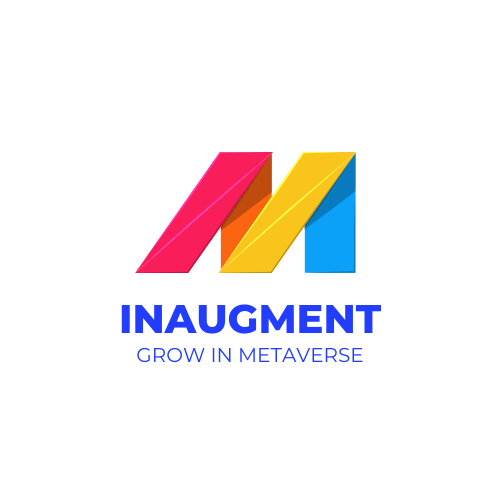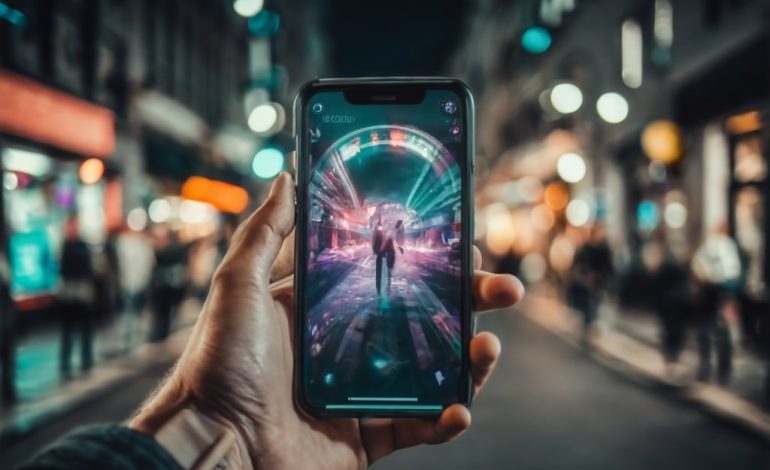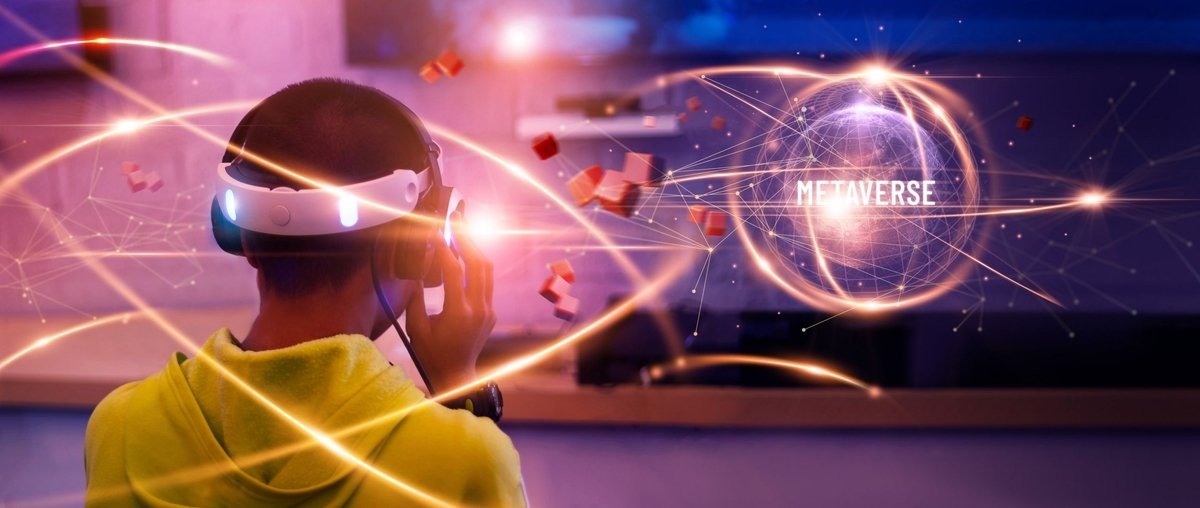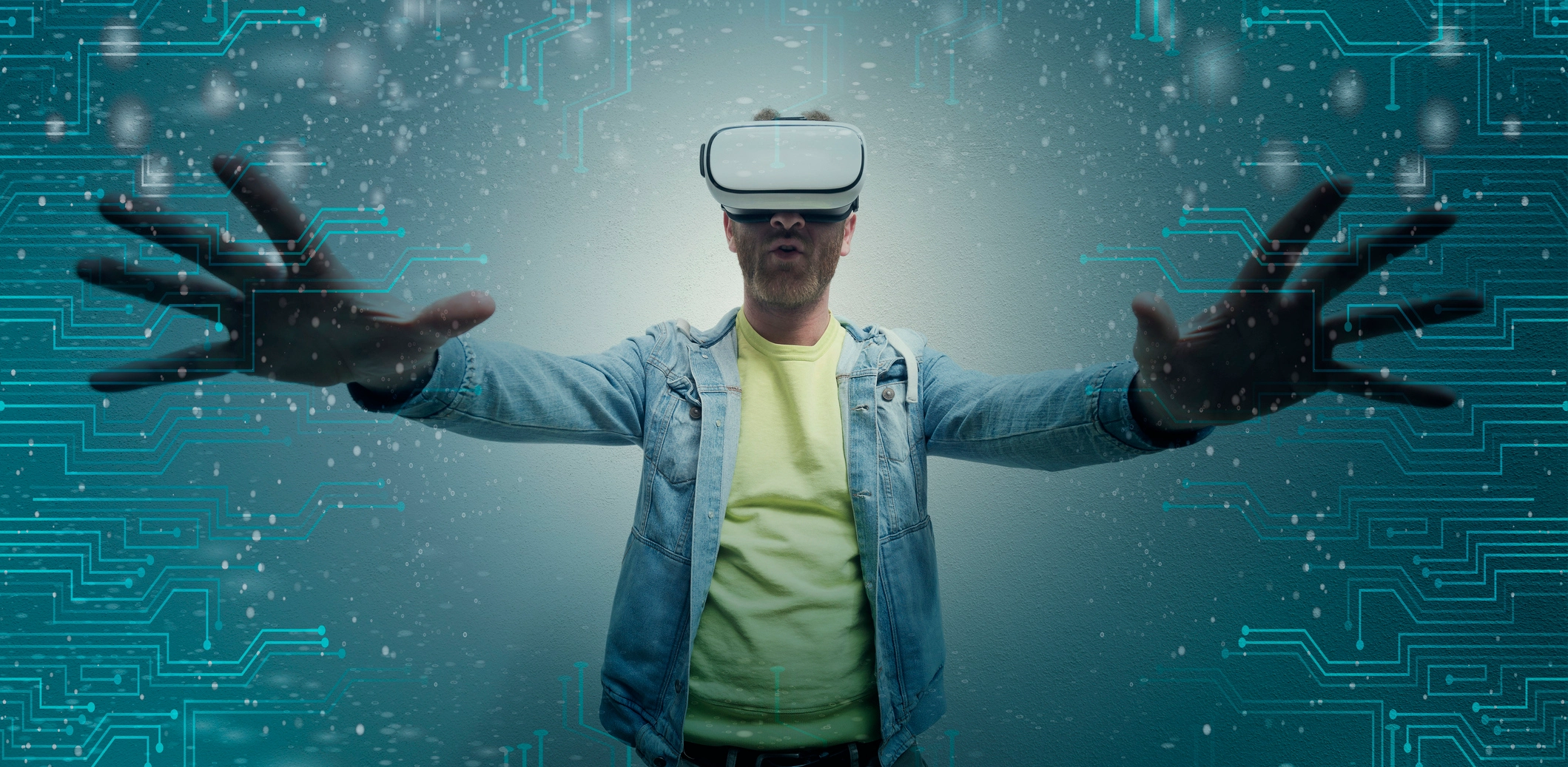Augmented Reality in Education : Revolution
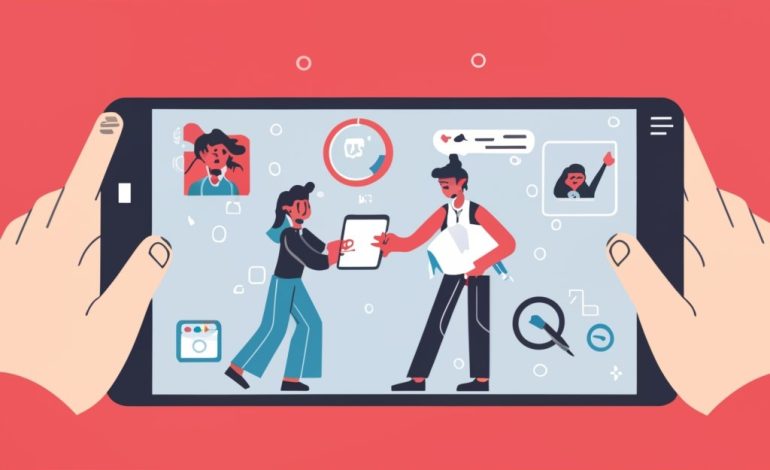
Imagine a classroom where students can explore the solar system, dissect a virtual frog, or step back in time to witness historical events firsthand. This is not a far-fetched fantasy, but a reality being brought to life through augmented reality (AR) technology. Augmented reality revolutionizing education, transforming traditional learning environments into dynamic, interactive experiences. In this article, we will delve into the fascinating world of augmented reality and its profound impact on education.
Augmented Reality: Enhancing the Learning Landscape
Augmented reality seamlessly blends the physical and digital worlds, superimposing virtual objects onto the real environment. Unlike virtual reality, which creates an entirely immersive experience, augmented reality enriches the existing reality by overlaying digital content.
Moreover, by doing so, it introduces a whole new dimension to education, enhancing engagement and improving learning outcomes.
Bridging the Gap Between Abstract Concepts and Real-world Understanding
One of the primary benefits of AR in education lies in its ability to bridge the gap between abstract concepts and real-world understanding. Traditional textbooks often fail to captivate students or make complex theories comprehensible. Hence, Augmented reality, on the other hand, provides interactive visualizations that enable learners to grasp complex ideas in a more tangible way.
* Students studying astronomy can witness the movement of planets in real-time, fostering a deeper understanding of celestial mechanics.
* Biology lessons can become immersive experiences as students dissect virtual specimens, examining organs and cellular structures up close.
* History lessons can transport students to pivotal moments, allowing them to witness events firsthand and gain a deeper appreciation for the past.
In conclusion, visualizing abstract concepts, augmented reality helps students connect theoretical knowledge to actual applications, making learning more relatable and engaging.
Encouraging Active Learning and Collaboration
Consequently, augmented reality expands beyond passive consumption of information, encouraging active learning and collaboration. Traditional teaching methods often rely on one-way communication, leaving students as passive recipients of knowledge. Augmented reality, on the other hand, invites students to be active participants in their own learning journey.
* As in science experiments, AR can provide step-by-step instructions guiding students to perform hands-on activities, fostering critical thinking and problem-solving skills.
* Collaborative AR projects enable students to work together, promoting teamwork and cooperative learning. They can collectively design and build virtual models, fostering creativity and enhancing communication skills.
Hence, through its interactive nature, augmented reality empowers students to take ownership of their learning, making the educational process more engaging and enjoyable.
Personalized Learning and Accessibility for All
Also, every student has unique learning needs and preferences. Augmented reality facilitates personalized learning experiences by adapting to individual students’ abilities and interests. With AR, educators can tailor content to suit different learning styles, ensuring that each student benefits from optimal learning conditions.
* AR applications can provide real-time feedback, guiding students and adapting to their progress. This personalized feedback stimulates a growth mindset and encourages students to strive for continuous improvement.
* Special needs students can benefit immensely from augmented reality. It can offer customized learning experiences, providing additional support and accommodations to meet individual requirements.
Furthermore, augmented reality breaks down geographical barriers, allowing students from remote locations to access educational resources they might not otherwise have access to. It promotes inclusivity and equal opportunities for all learners, regardless of their circumstances.
The Future of Education: Augmented Reality as a Catalyst
As augmented reality continues to advance, its potential impact on education grows exponentially. The adoption of augmented reality in classrooms worldwide has already begun, showcasing its transformative power in education. However, the true potential of AR is yet to be fully realized.
* AI combined with AR creates personalized tutors, adapting to individual learning needs.
* AR-driven virtual field trips transport students globally, expanding their cultural and ecological perspectives.
* Gamified elements in AR apps make learning engaging, motivating active participation and information retention.
As technology advances, augmented reality revolutionizes education with interactive, immersive, and personalized learning experiences.
“Augmented reality has the power to transform education by making learning more interactive, engaging, and accessible for all students.” – Educator John Smith.
In summary,by enhancing understanding, fostering active participation, and providing personalized experiences, AR empowers students to unlock their full potential. Education’s future lies in augmented reality, offering limitless possibilities. Embracing this transformative tech creates an enchanting journey of discovery and growth for all.
